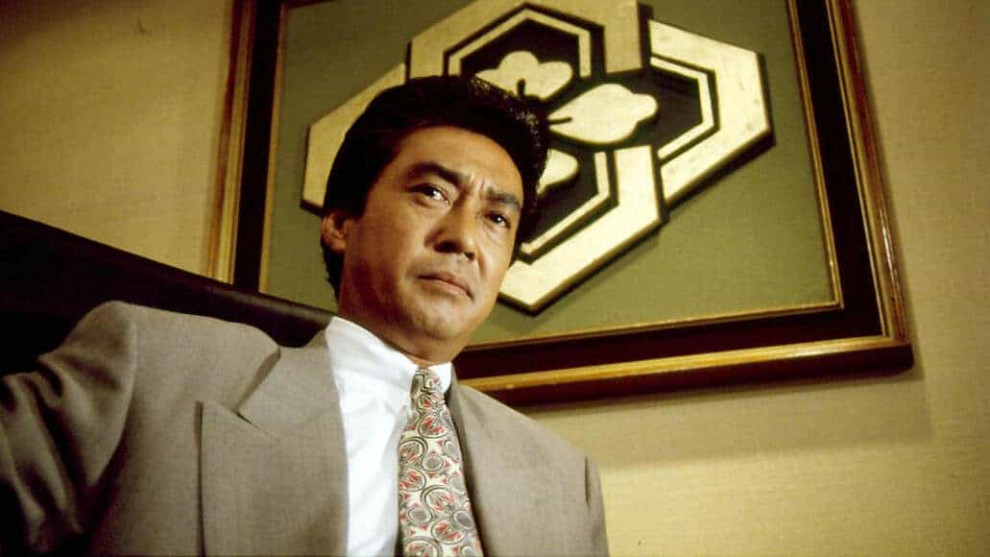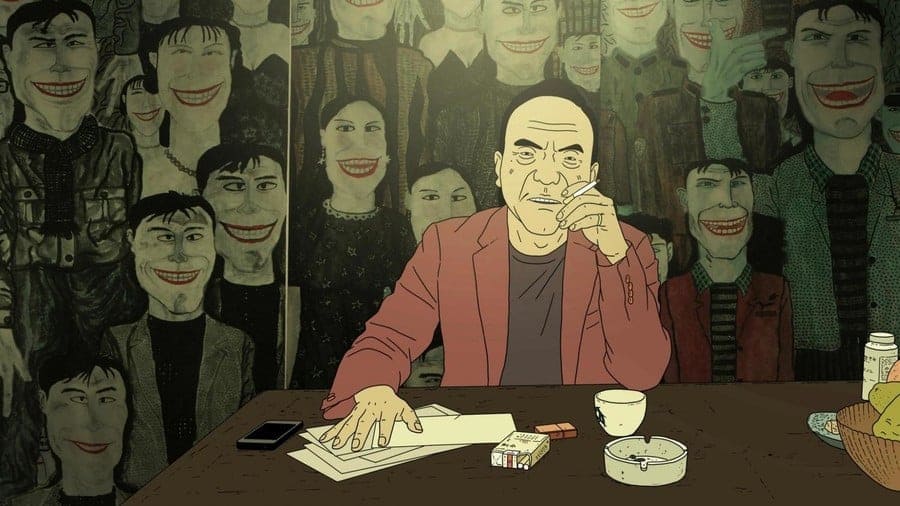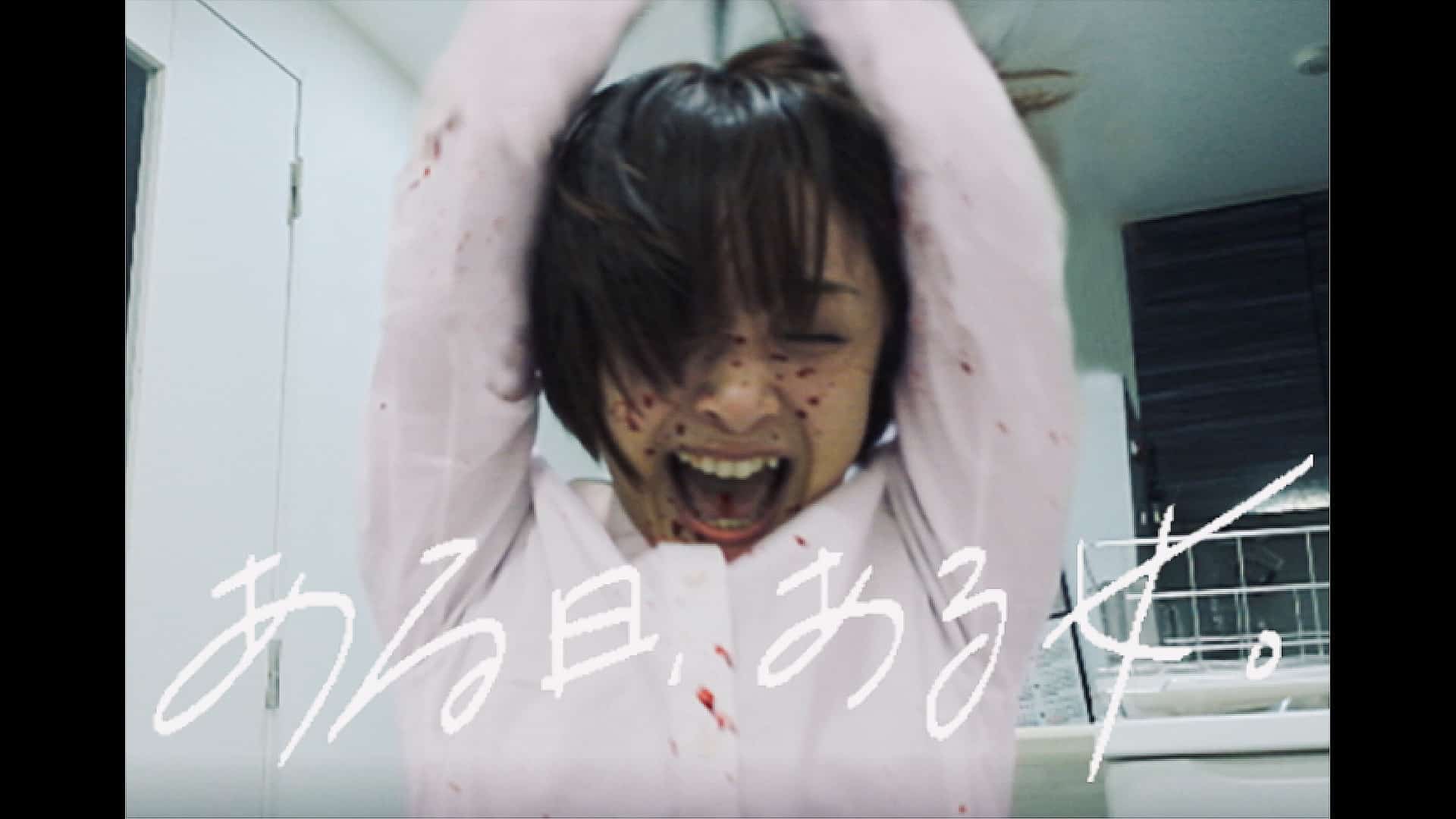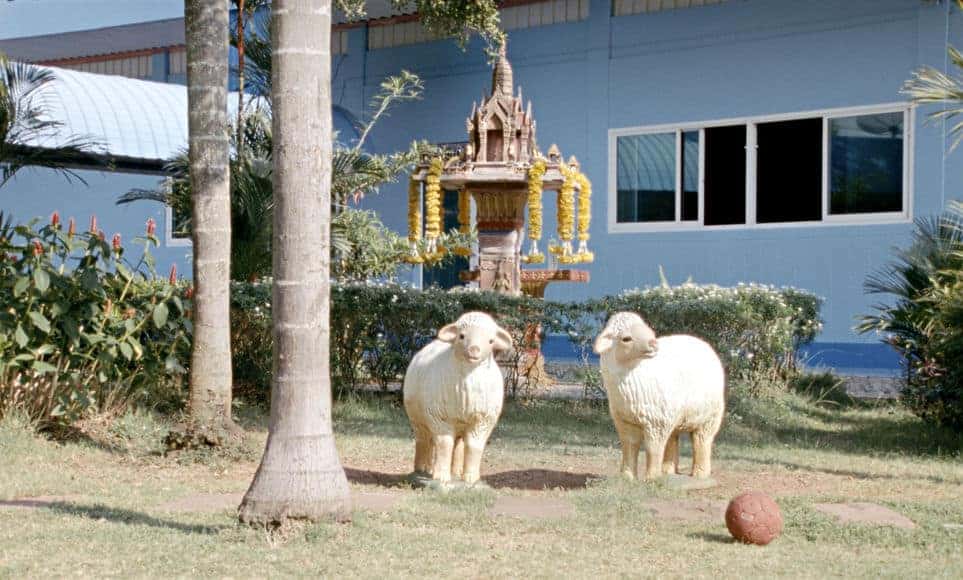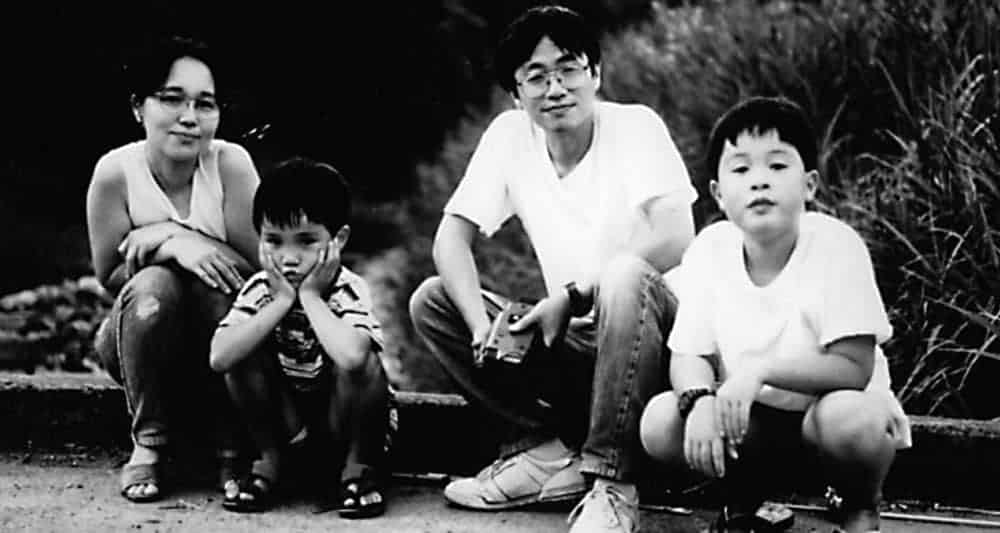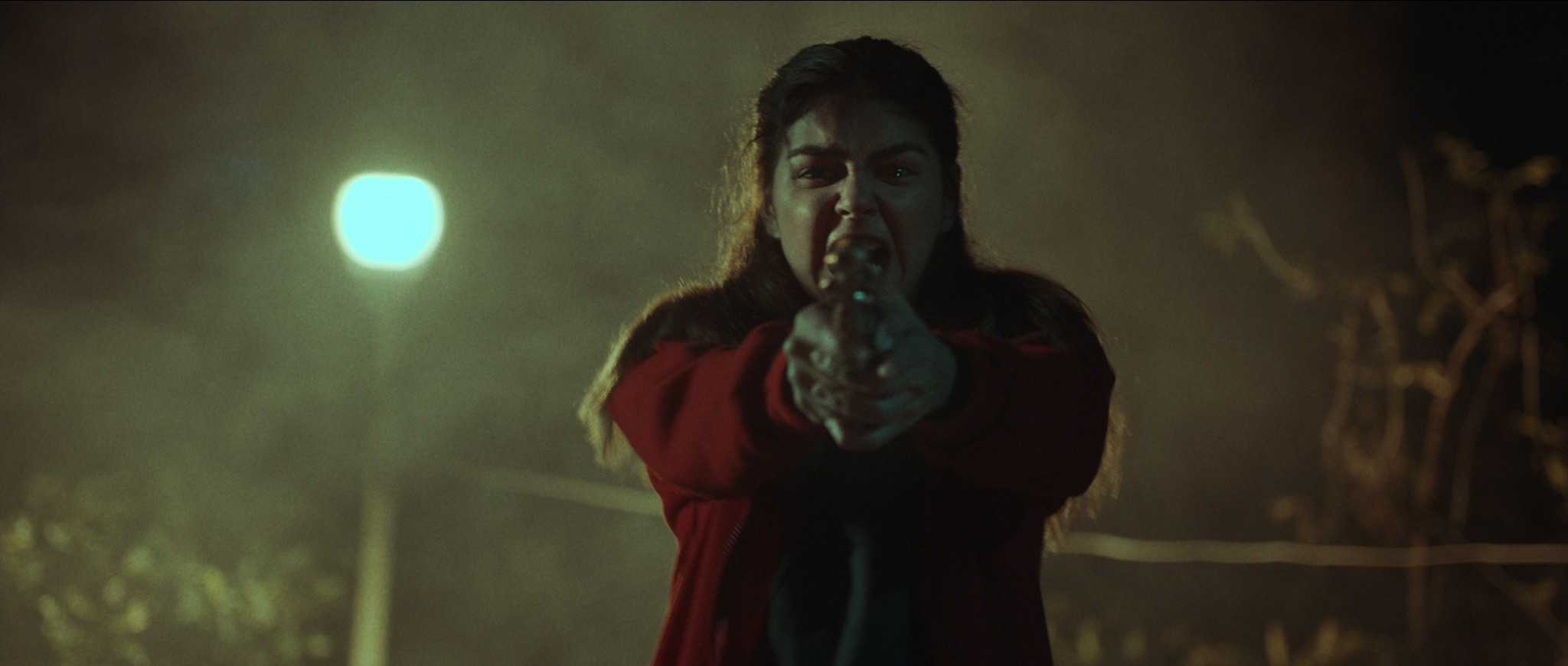Climbing in the ranks of the yakuza has nothing to do with working hard or sticking to a certain code, but rather the opposite, as Reijiro Masaki (Kiyoshi Nakajo) sees it. When his original clan was disbanded, he was named the second-in-command of the Hattori family by their leader (Koji Shimizu). The path to this position has been defined by murder, but Masaki has tried his best to stick to principles like loyalty while doing so, which has resulted in Hattori respecting him. However, since he was a former enemy, the other lieutenants of the family, especially Hazama (Takeshi Caesar) are disgruntled by the decision as they see it as an insult.
Despite the heavy resistance within his new family, Masaki proves to be a valuable addition. Willing to stick to a certain code of honor and applying it to those men under him, Masaki quickly gains a large group of followers within the family and outside. Nevertheless, Hazama and his men have come up with a plan to finally get rid of Masaki once and for all.
Buy This Title
As Tom Mes points out in his book “Agitator. The Cinema of Takashi Miike”, “The Third Yakuza” was the first film by Japanese director Takashi Miike to be shown on a silver screen, even though it was intended solely as a straight-to-video release. The two films he made in these years, “The Third Yakuza” and “Shinjuku Triad Society”, mark an important step within Miike's career as he was steadily getting rid of the confinements which production for V-cinema brought along with them. In that regard, “The Third Yakuza” is in many ways a typical product of the kind of films Miike had been doing for so many years. Considering the budget constraints of V-cinema, both parts of “The Third Yakuza” were shot back-to-back, which is normal for this kind of production.
At its core, “The Third Yakuza” is a movie about the paradox of an organization like the yakuza and the principle of chivalry, which Masaki would like to re-invigorate among the Hattori family. Sitting in his luxurious apartment and looking down on the quiet streets of the Japanese capital, he somehow feels the need to come back to these ideals, an idea so deeply flawed and naive it has to fail. Interestingly, screenwriters Shinsuke Inoue and Kazuhiko Murakami combine the fictional narrative to a real event, in this case the earthquake in the Kobe region in the 1990s, showing how gangs as well as other lowlifes exploit the misery and suffering of others. Even though Masaki and some of his loyal followers try and fight these attacks, they soon find out how deeply rooted this despicable savagery truly is among their organization, as well as society itself.

Although this idea may sound interesting at first, its predictable outcome is perhaps also the biggest flaw of “The Third Yakuza”. Whereas “Shinjuku Triad Society” had some brilliant narrative and visual concepts to accompany its story, there is very little of that in these two films, making “The Third Yakuza” an overall quite dull experience for the viewer. Apart from that, there is also the apparent inconsistency within the central character whose drive towards a moral principle is indeed laughable considering he is part of an organization founded on crime and exploitation. It is astounding how the film and its script never truly explore this antithesis which would indeed be more entertaining and interesting than the repeated arguments, shootings and display of ceremonies among the yakuza which is mainly what “The Third Yakuza” is about.
In the end, “The Third Yakuza” is an overly long, flawed film featuring a bloated script and too many characters. Given the context of Miike's work, this is a rather forgettable movie, featuring very little of the kind of playfulness and creativity which has become the director's trademark.


